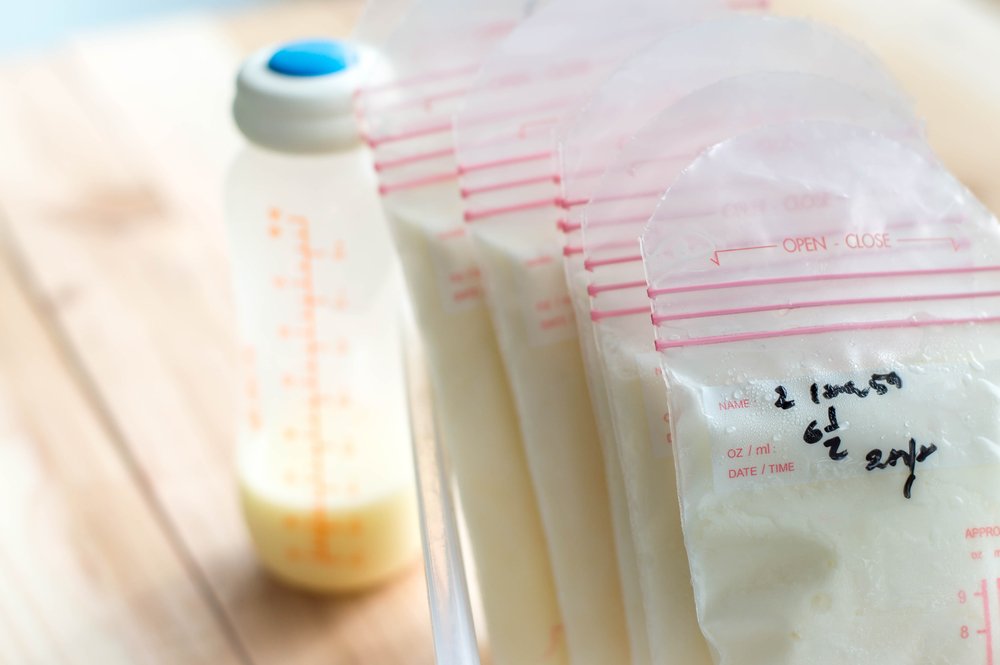Key Points:
1. Managing Thawed Milk Taste: Thawed breast milk might have a changed taste due to lipase enzyme. Some babies accept it, while others might reject it.
2. Preventing Flavor Change: Scald the milk before storing it to prevent taste alteration. Store in portions, freeze at the bottom of the freezer, and thaw without a microwave.
You might have noticed that after thawing your milk it has a peculiar odor. This does not mean that it has expired, but its taste might have changed a bit, becoming more sour. This does not happen to all moms, but if it does happen to you, it’s possible that the lipase enzyme is to blame.
Some babies don’t notice or don’t seem to mind the change in taste – while others reject it completely. If your little one is one of those who reject thawed or previously refrigerated milk, here are some guidelines that’ll help you prevent the change in taste.
Preparing milk for storage:
- After extracting your milk, slightly warm it to a scalding point by putting it in a saucepan and heating just until you see small bubbles appear in the corners of the pan. Do not boil it.
- When it reaches scalding point, remove the pan from the heat, let it cool down and then store it in portions of one or two feedings in clean, sterilized containers, suitable for freezing. NOTE: By scalding the milk, it might loose some of its properties, but it’ll help prevent the change in flavor.
- If you are going to freeze your milk, store it at the bottom of your freezer and use it up to 9 months after if it is at 0ºF.
- Remember not to thaw in the microwave; it’s best to thaw in a container with hot water.







